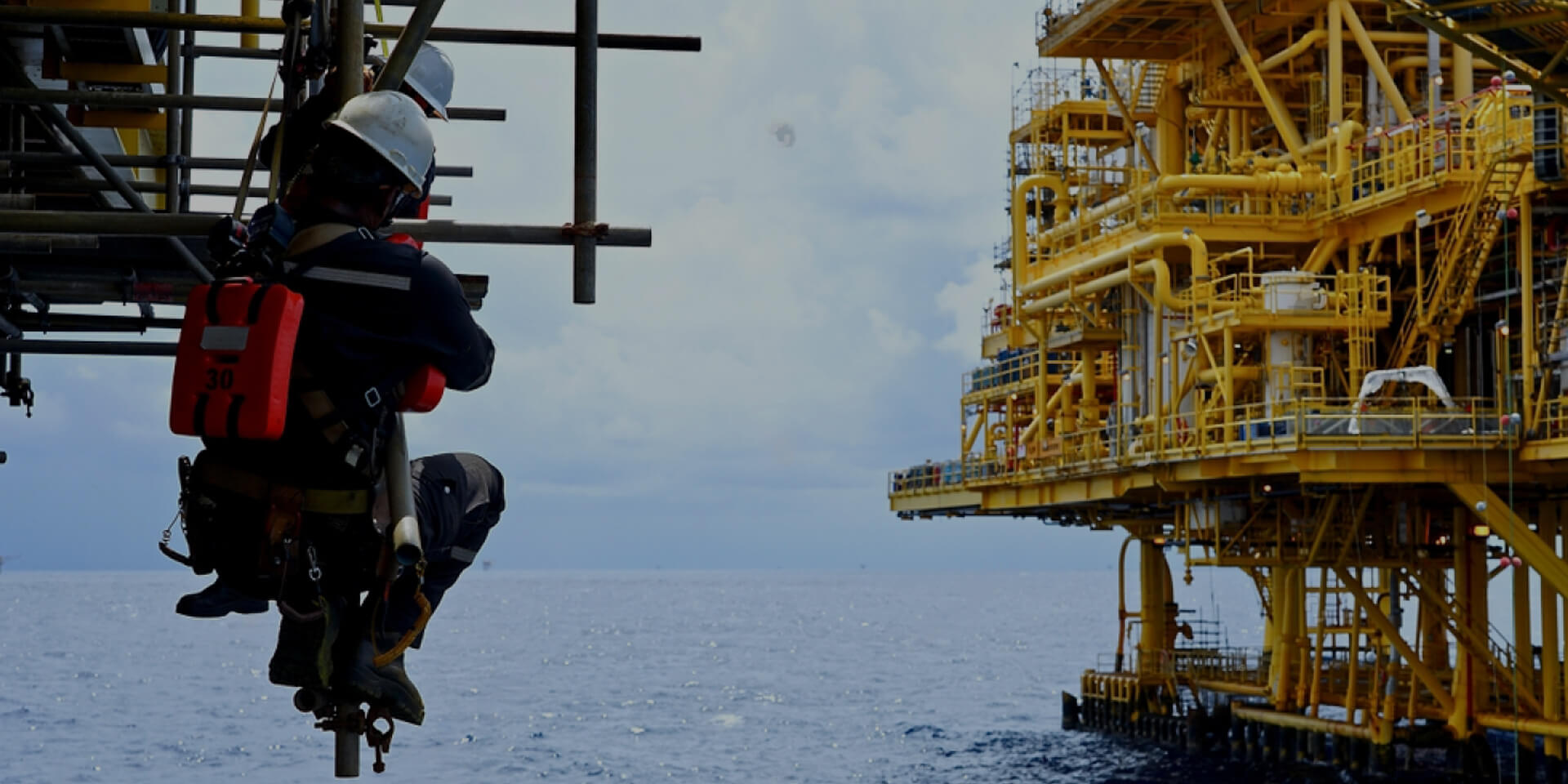

Metocean data is collected through various means, including:
The collected data is then analyzed to:
Advanced numerical models are used to:
The final step involves:
Meteorology focuses on atmospheric conditions and weather patterns, while metocean encompasses both meteorological and oceanographic conditions. Metocean studies consider the interaction between the atmosphere and the ocean, which is crucial for offshore operations.
The duration of a metocean study can vary widely depending on the project requirements, data availability, and complexity. Short-term studies might take a few weeks, while comprehensive long-term assessments can take several months to a year or more.
Metocean data should be regularly updated to account for climate variability and long-term trends. For ongoing projects, annual reviews are common, with more comprehensive updates every 5-10 years. However, the frequency may vary based on project needs and observed changes in environmental conditions.